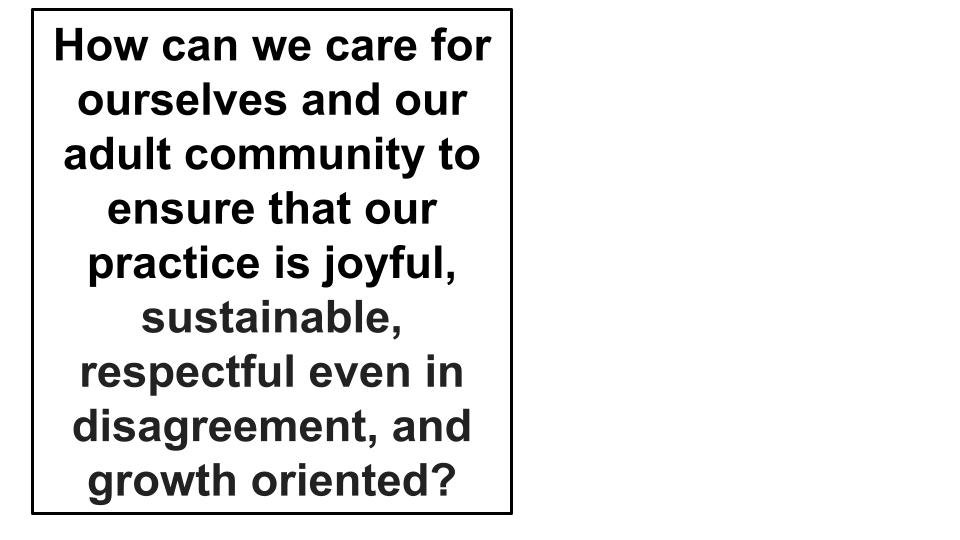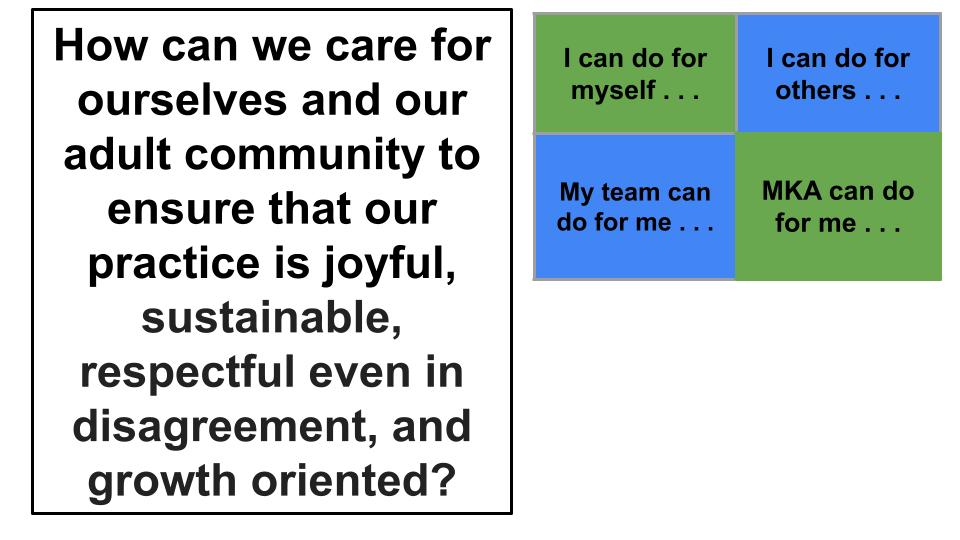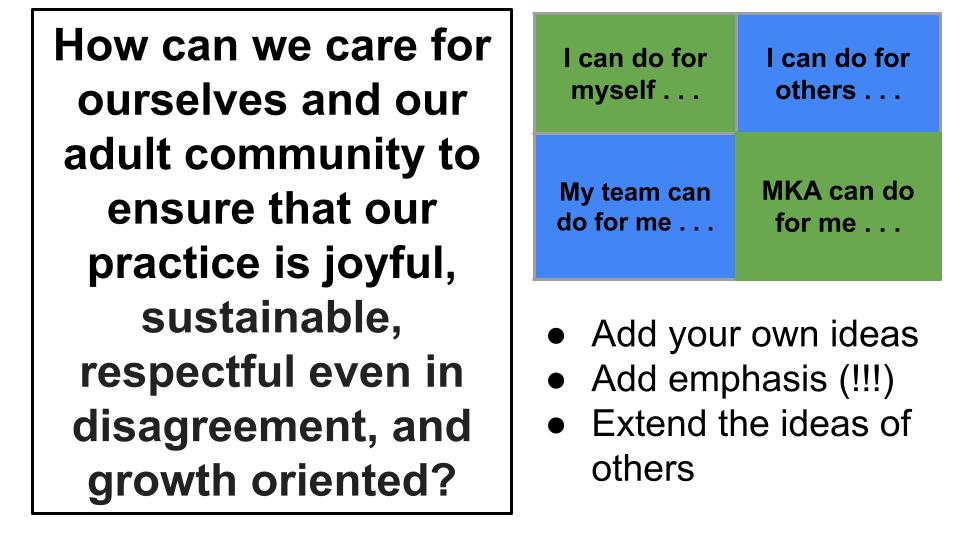This post features the writing of teachers from several New Jersey area schools. But first, some context:
I recently co-presented a keynote at the NJAIS Innovation Conference. Here’s a write-up from an attendee that offers a summary. After the keynote, I had the chance to run a workshop with a small group of educators interested in learning more about what I call teacher-writing. This presentation has been, as they say, a long time coming. As I’ve written elsewhere, I’ve been writing about teaching since the very first time I stepped into a classroom (almost 25 years ago), and the two practices, for me, are intimately entwined. I can’t imagine one without the other, the other without the one, and both, for me, are whatever they are because they’ve been commingled.
Here are the slides from my workshop:
The workshop was a mix of instruction, “inside baseball” type insight into the life of a teacher-writer, and actual practice. At the end, I invited the group to share their work with me so that I could share it with you. A few of them did!
Their prompt was to reflect on “great teaching.” I believe that we all benefit from imagining such a thing, from making room for imagining such a thing, and from hearing how others imagine it for themselves.
I’ve introduced each teacher by the name and / or handle that they provided to me, and I listed their school only if they asked me to.
Here’s something from Bill Campbell (@BillCamp) of Dwight-Engelwood School:
Great teaching puts the student at the center of the classroom and requires teacher empathy to understand why the student is there and what they will do with their learning. It also requires teacher vulnerability in showing the ability to learn.
It is important to understand a student’s motivation for being present, something about how the student learns, and what the student might do with what you have taught. It is also important to be open to learning along with your students. Be authentic and not afraid to show or say that you don’t know something. In fact, you might just use that not knowing as an opportunity to demonstrate your own learning process for your students.
Next up: @kbkennedy7 from the Peck School
A great teacher is passionate about the subject they are teaching and cares deeply about their audience. When I feel this passion for the subject I hope it comes across to my students and that they feel the excitement and curiosity that I do about the topic. The payoff for me is when I see those ah-ha moments and see kids collaborating, thinking, synthesizing their ideas, and growing in their understanding. A great teacher can get kids to see why learning about an area is interesting, important, and helps them to grow as a person.
Passionate teaching has the potential to inspire and change both students and their teachers. Bringing your passion for a subject to a classroom is both easily recognized and different for each educator. For me it means bringing science to life in a meaningful way for my students. I would argue that teachers agree that what they see in their students’ curiosity, creativity, and thinking is a reward that can become intoxicating and inspiring to the teachers themselves.
Next up: Anna Macleod from Villa Walsh Academy.
Great teaching requires teachers to be great learners.
We must always be open to learning more about what we’d like to teach, how best to teach it, how to help our students, etc. We must be willing to learn from our students and to believe that they have knowledge to impart to us — no matter how young and/or inexperienced they may seem.
Yes, work goes into learning the subject matter that you must teach. But the real learning for teachers can only happen in the classroom with students. Ask them to give you the questions they have about the topic. Can you answer them. No? Good. Now is your chance to show students what learning looks like. Learn it together. Get messy. Connect with your students during this process. Now you are a great learner. Now you are becoming a great teacher.
Next is Lauren Kelly (@TeacherWrenK) from Far Hills Country Day School.
The teaching of content is punched and prodded until it fits into a rigid box, created by administrators, faculty gone-by, and writers of textbooks and curriculum packages all over the country. Great teaching, however — really great teaching — breaks through the confines of that rigidity by focusing on a singular idea: all content delivery, and in fact all teaching, should at its core be student-led.
Students are traditionally the learners at desks who are as equally rigid as the created content. Raise their hands, study for their tests, flashcards and homework and sports. Rinse, repeat. We as teachers are desperate to inject innovation and interest into our lessons, and to do so, we must step back and allow students out of their box; we must ask about, listen to, and record the interests of the students. Pop culture and social media, sure, but within the confines of the content, as well.
In Biology, some students love hiking and plants. In Math, some students love money and cost analysis. In English, there is a huge rise in interest in graphic novels and anime. Developing these interests into directionality for our teaching allows teaching to become less mundane and more inviting to students, thus invigorating both the students and the teachers themselves.
Jonathan A. Martin (he/him) is a 7th Grade Dean and Middle School Theater Teacher/Director. He chose a different prompt, looking at the wide scale benefits of a theater education.
In Theater, we focus on four main things: creativity, collaboration, compassion, and critical thinking. We believe that all stories have value, including students’ own stories which are being written (and can be told) every day.
In addition to learning the skills needed to tell a story well (projection, diction, posture, and body language), we also spend time developing students’ confidence and comfortability speaking in front of the class. We also build empathy in students by helping them see the value in the stories that others share. By embracing the challenges of public speaking and building empathy, we can teach students to appreciate the value of storytelling while simultaneously improving those essential skills that will benefit them in any future career path.



